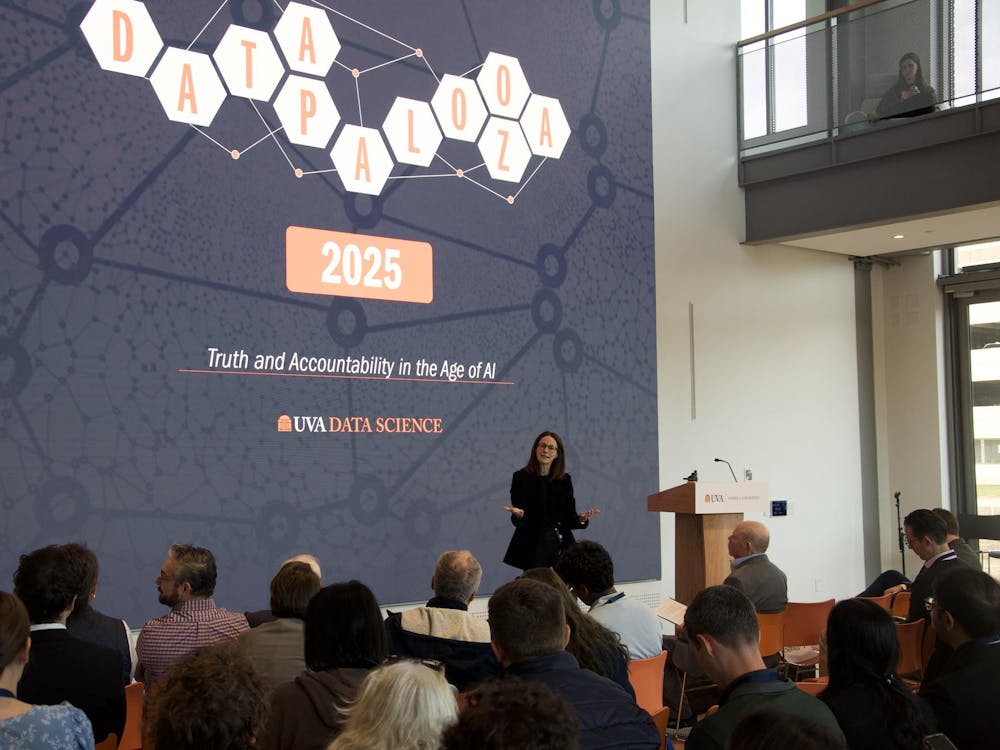A recent poll conducted by the Associated Press and Stanford University found that the majority of Americans now think that attending a public two-year college is just as valuable for preparing students for the workforce as attending a public four-year institution.
The poll, conducted by ABT SRBI Sept. 23-30, found that of the 1,001 individuals interviewed, 62 percent believe two-year public colleges are "excellent" or "good" at preparing students for the workforce, and 68 percent feel the same of four-year public colleges. Nearly three-fourths said it is better for some students to pursue a diploma or certificate from a two-year school than enter a four-year college, and two-year schools also rated nearly as highly in giving young adults the practical skills they need to survive and providing a high-quality education.
Although most Americans agreed that both types of institutions perform well in preparing America's students, Michael Kirst, a professor emeritus and researcher with the School of Education at Stanford University, said the poll results give no indication that one type of institution is better than the other.
"It's like apples and oranges," Kirst said.
Institutions prepare students in different ways, Kirst said, and community colleges have many functions that are different from those at four-year schools. For students considering a technical degree or who have aspirations to work in a field requiring only an associate's degree, a two-year program would be more appropriate, he said.
Kirst noted, however, that the poll's results may cause trouble for those advocating community college reform because the poll seems to indicate that community colleges across the country are in good shape.
"Polls of K-12 education have shown that the public thinks public K-12 schools are not doing a good job. However, they think higher education is doing a good job, therefore there isn't the pressure to reform in higher education," he said.
The Obama administration, though, has put resources toward improving the nation's community college system and aims for America to have the highest number of college graduates in the world by 2020, he said.
Sarah Gast, public affairs specialist with the U.S. Department of Education, said the goal is to encourage students to pursue higher education in a variety of ways, including both two-year and four-year institutions.
"Obama's goal applies to all types of degrees - certificates, associates, bachelors," she said. [They are] all part of goal - he realizes two-year colleges can play a big part in having the highest proportion of educated students"






